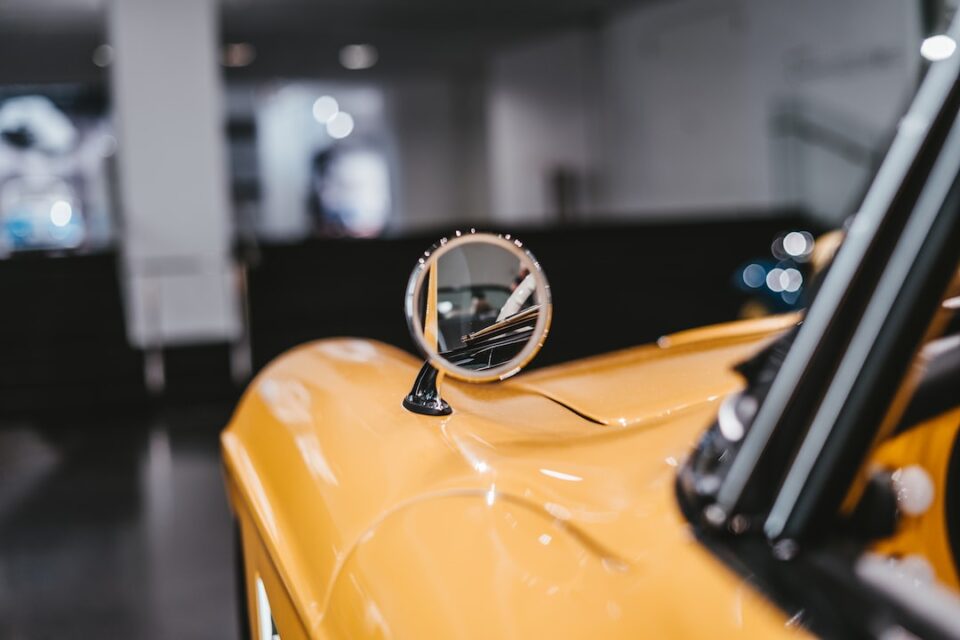Tips for Buying a Used Car: What to Look for and What to Avoid
Buying a used car can be a daunting task, but with careful consideration and research, it can also be an exciting and rewarding experience. Whether you are a first-time buyer or have some experience, there are a few things you should know before diving into the used car market. In this article, we will discuss some valuable tips on what to look for and what to avoid when buying a used car.
Firstly, it is crucial to set a budget before you start searching for your dream car. Determine how much you are willing to spend and stick to it. Remember, the cost of the vehicle is not the only expense you will have to bear; there are additional costs such as insurance, registration, maintenance, and gas to consider. By setting a budget, you ensure that you don’t overextend yourself financially.
Once you have a budget in mind, it’s time to start researching different makes and models that fit your needs and preferences. Take into account factors such as fuel efficiency, reliability, safety features, and maintenance costs. This research will help you narrow down your options and avoid any costly mistakes down the line.
When conducting your research, make sure to read consumer reviews and ratings for the models you are interested in. These reviews provide valuable insights into the experiences of other car owners and can help you avoid models known for frequent breakdowns or poor performance. Additionally, check if there have been any recalls or known issues with the specific make and model you are considering. This information can be found on the manufacturer’s website or through online databases.
Once you have a shortlist of potential cars, it’s time to start inspecting them thoroughly. Begin with the exterior and check for any signs of accidents, rust, or paint peeling. Open and close all doors, the trunk, and the hood to ensure they operate smoothly. Inspect the tires for wear and uneven tread, as this may indicate improper wheel alignment or suspension issues.
Next, move on to examining the interior of the car. Check the seats, dashboard, and carpets for any signs of damage or excessive wear. Ensure that all buttons, switches, and accessories are in working order. Pay attention to any strange odors inside the car, as this could indicate potential problems such as mold or water damage.
Taking a test drive is an essential step in the used car buying process. It allows you to check the car’s performance and handling. Pay attention to how the car accelerates, brakes, and steers. Listen for any unusual sounds such as squeaks, rattles, or engine noises. If possible, drive the car on different types of roads to observe how it handles various terrains. Additionally, test all the car’s features, such as the air conditioner, heating system, audio controls, and visibility.
While inspecting and test driving the car are helpful, it is also advisable to have a trusted mechanic inspect the vehicle before making a final decision. A mechanic will be able to identify any underlying issues that may not be apparent to an average buyer. It is worth investing a small amount in a pre-purchase inspection to avoid significant repair bills or unexpected breakdowns in the future.
In conclusion, buying a used car requires careful planning and research. Set a budget, conduct thorough research on various makes and models, inspect the exterior and interior of the car, take it for a test drive, and have it inspected by a trusted mechanic. Follow these tips, and you will increase your chances of finding a reliable used car that suits your needs and provides you with years of trouble-free driving. Happy car hunting!

